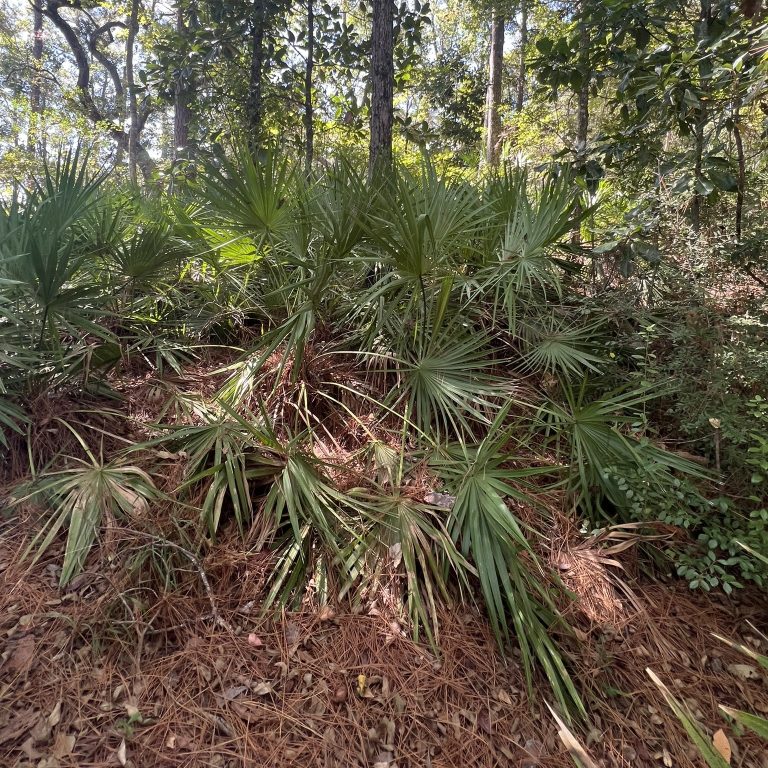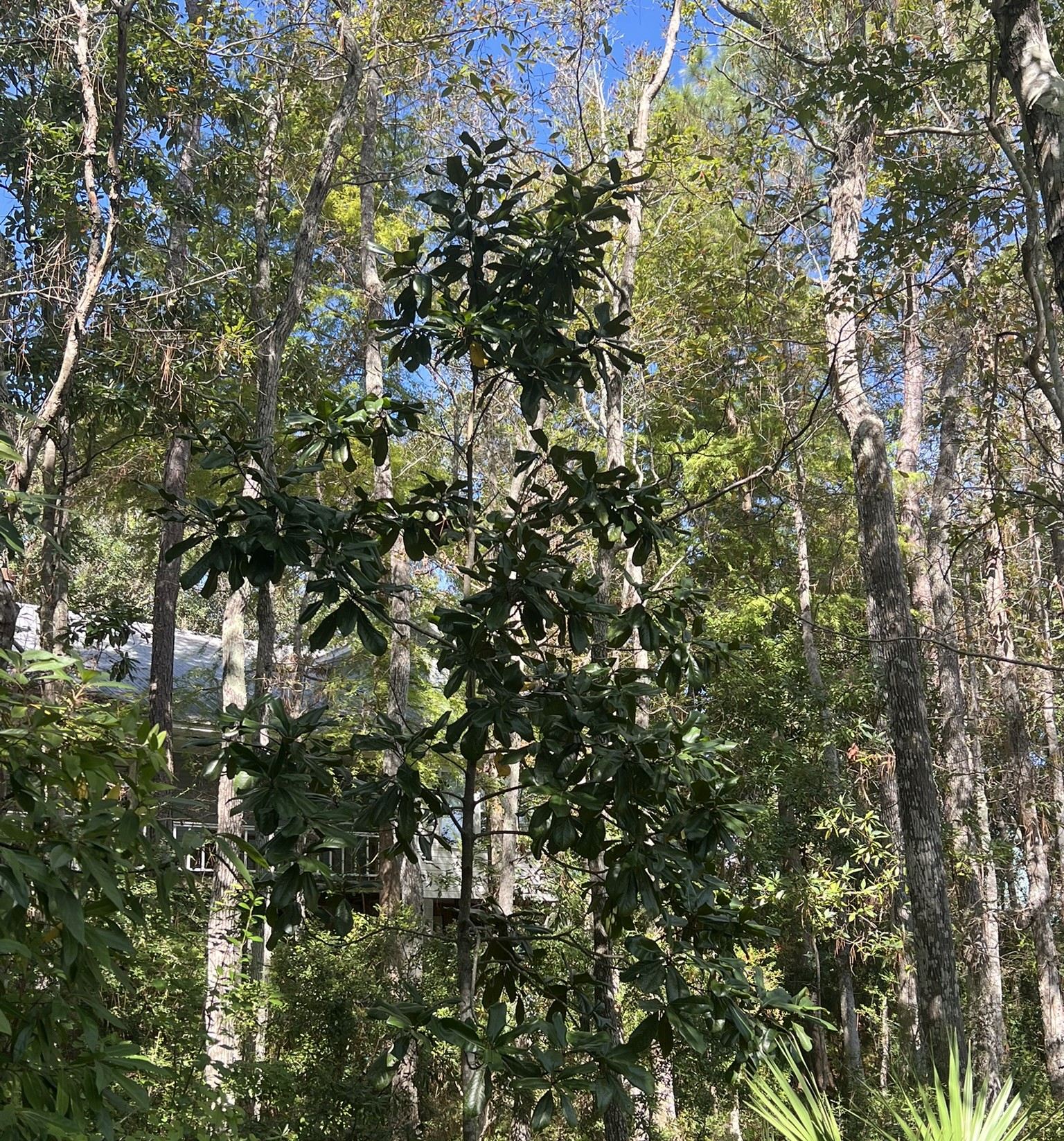Scientists often get carried away with using what I call “fifty-cent” words and phrases when we talk about our favorite subjects. I try not to do that without defining the terms when I use them, but I occasionally forget. I recently described a common tree as part of the understory of a forest, assuming that everyone would know what I was talking about. Well, a kind friend called me out by asking a simple question – what is the understory? I offer this explanation as penance for my sin of omission.
Forest structure is generally described in layers from the ground up, based on the types of plants that occupy each level. Apart from the forest floor, that consists of decaying leaves, branches and fallen trees, most descriptions include the herb, shrub, understory, canopy, and sometimes emergent layers. Traveling through a mature forest, we are closest to the first two layers that we can easily see. The herb layer includes small plants like grasses and ferns, the shrub layer consisting of small bushes and brambles, that rarely reach more than a few feet in heigh in height, lile the patch of Saw Palmetto shown below.

In talking about a favorite understory plant, Wax Myrtle, I was talking about a plant that also exists in more than one layer. This species can grow to reach into the understory layer, typically about a third the height of the canopy, but not before growing through the herb and shrub layers as young plants. More typical understory trees in our region include Flowering Dogwood, Eastern Redbud, Persimmon, Sassafras and Witch Hazel, all of which top out in height well below the canopy.
But the understory also includes young individuals of canopy trees, growing through the herb, shrub, and eventually the understory layers to reach the canopy. What is interesting about these young trees is the challenge they face in becoming part of the canopy. Once they grow into the understory, the level of light they receive is not sufficient to allow them to grow taller, so they may remain in the understory for years before getting a chance to reach the top. That chance is typically due to the death and fall of a nearby large tree that creates a gap in the canopy, allowing plenty of light to fuel its rapid growth to fill the gap. By the way, that fifty-cent phrase is called gap ecology.
Mary and I have lived in our one-acre woods for over 30 years and have several young canopy trees waiting in the understory for their chance. I have no idea how old they were when we arrived, but they may yet get their chance, or not. Many do not, as I have often spotted dead stems of small canopy trees that ran out of time and their chance to reach the top of the forest.
So, the understory is an interesting layer within our forests – a middle ground between the bottom and roof of these landscapes.
Hope to see you in our great outdoors!




